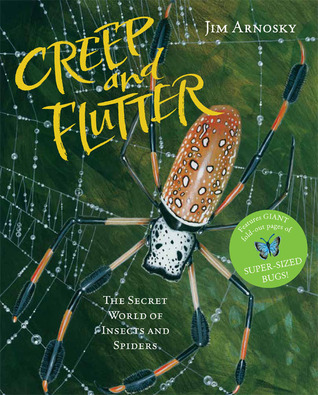Today I had the pleasure of co-moderating a School Library Journal webcast with my friend, Amy Koester from The Show Me Librarian blog. The webcast focused on using nonfiction series in schools and public libraries, and we heard about new books from Scholastic, Gale, and Reference Point Press. Visit The Show Me Librarian Blog for programming ideas related to the titles mentioned in the webcast. If you missed today's webcast, you may view the archive on the SLJ site.
While Amy and I were sharing our ideas about recent trends in nonfiction series, I mentioned different nonfiction writing styles. Here's a recap of the different nonfiction writing styles discussed today.
Expository
The information is presented in a straight-forward manner. Facts are organized in paragraphs by topic. This style of writing is helpful to students doing research.
Narrative
The information is presented as a story.
Descriptive
The author describes the topic in great detail using rich language so that readers may picture it in their minds.
Example: Creep and Flutter by Jim Arnosky
Persuasive
The author presents the information in a manner that will sway readers to think a certain way about a topic.
Poetic
The information is presented in poetic form.
Example: unBEElievables by Douglas Florian

















